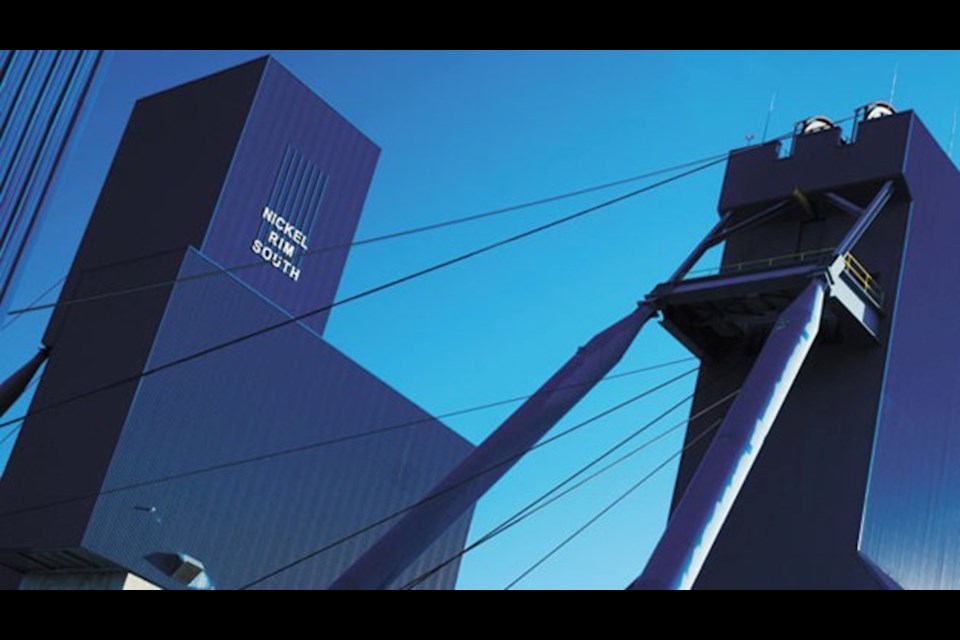The provincial inquest into the mining-related death of Richard Pigeau, 54, began in the Sudbury courthouse Aug. 29, with words from his family and information regarding the Ministry of Labour, Training and Skills Development’s health and safety policies, as well as some insight into his death on Oct. 20, 2015.
An inquest is a public hearing conducted by a coroner before a jury of five persons. Inquests can be similar to court proceedings, in that witnesses are called, questioned by a crown attorney (acting on behalf of the coroner). The witnesses can also be cross-examined by other lawyers or representatives of family members, the union and the company.
Present at the Pigeau inquest were representatives of the Mine, Mill & Smelter Workers' Union Unifor Local 598, United Steelworkers Local 6500, counsel for the Ministry of Labour, as well as assistant crown attorney Jeffrey Martin, and Dr. David Cameron as head of the inquest. Also present were counsel for Glencore, and for Toromont, the original equipment manufacturer of the scooptram
The events of the day in 2015 showed Pigeau reporting on time for his shift and heading underground at 7:37 a.m. Pigeau operated a load, haul, dump machine (LHD, or scooptram) at Glencore’s Nickel Rim South Mine.
The scooptram, a Caterpillar R1700G, which weighed in at more than 84,000 pounds without a load, had an enclosed operator cab. It is an extremely large vehicle, with wheels that measure almost six feet high and roughly eight feet in width for the machine itself. It is used for loading and hauling freshly blasted rock.
Entered into the record was evidence from the 2017 court trial, which found Glencore fined $200,000 for the incident after pleading guilty to failing as an employer to provide information, instruction and supervision to a worker to protect the safety of the worker, contrary to the Occupational Health and Safety Act, specifically to failing to provide sufficient information regarding the use of the seatbelt while operating an LHD.
Though Pigeau is said to have been driving the normal operating speed, he was not wearing a seatbelt.
The details of the incident were taken from the reports on the vehicle itself, as there was no witness to the event. There was a data-recording device on the machine.
When the fatal incident occurred, Pigeau was driving down a ramp at the 1380 level.
The data showed that at 10 a.m., the scooptram suddenly turned right within the very tight space, and then continued to slide down the ramp, scraping against the wall as it moved. The vehicle only stopped because the front of the scoop got stuck in a safety bay — an area only large enough for a person to stand in.
Though it is unclear by what means the door opened, and how Pigeau was ejected from the vehicle, the scooptram did not stop moving. He was then run over by the rear wheel of the scoop, across his torso.
Pigeau was discovered by other workers at 10:20 a.m. He was officially pronounced dead at 12:10 p.m.
The purpose of the inquest is to inform the public about the circumstances of a death, and although the jury’s conclusions are not binding, it is hoped that any recommendations suggested, if implemented, will prevent further deaths. Inquests are not allowed to place blame, even if blame has been assigned in a previous proceeding, such as a court case.
At the end of the inquest, the jury must fill out a verdict document.
However, the inquest also serves as an opportunity to add a face to the proceedings, with Pigeau’s photo and his miner’s wrench sitting at the front of the courtroom, as well as his family being there and speaking to his memory.
Pigeau’s daughters, Julie and Nathalie, spoke through tears of the father they loved, and the sadness they held.
They described their father as kind, resilient and honourable, a hardworking provider who took great pride in his family. They spoke of the day he died as the day their world came to a stop, and grieved not just for him, but for their own children, who would never get to know him.
“We lost our rock, our safe harbour,” said daughter Julie, “but he will always live in our memory, and his legacy will remain.”
Most of the first day of the inquest was spent giving information to the jury regarding health and safety regulations and mandates in place within the mines, as well as an understanding of the scooptram itself and a layout and workings of Glencore’s Nickel Rim Mine. The inquest will resume today.
— Sudbury.com




